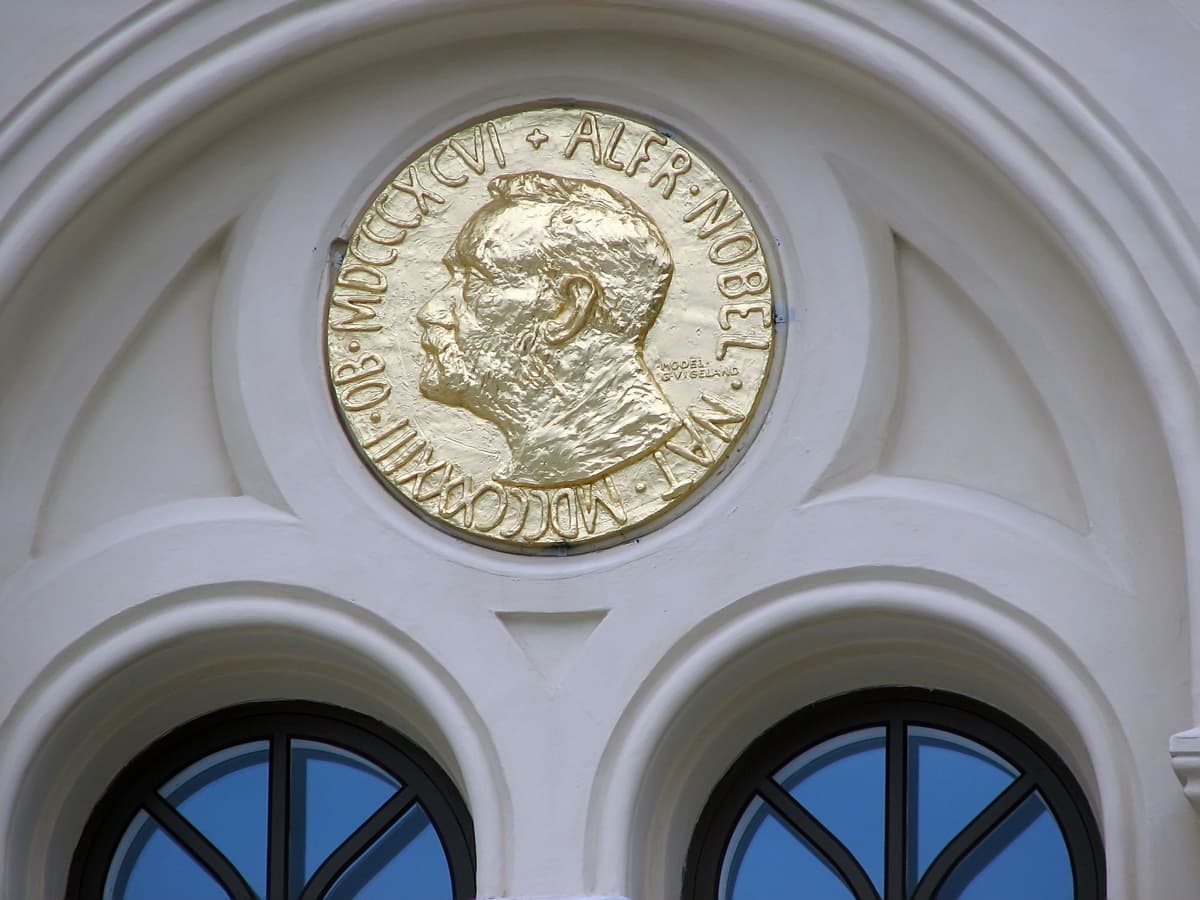The Award winners
Brunkow, Ramsdell, and Sakaguchi have been awarded the 2025 Nobel Prize in Physiology or Medicine for their discoveries on how the immune system is prevented from damaging the body by keeping the immune system in check.
The Discoveries
Every day, the immune system protects us from thousands of different microorganisms. Brunkow, Ramsdell, and Sakaguchi identified the immune system's "policemen," regulatory T cells, which prevent immune cells from attacking our own body.
The Discoveries timeline
Shimon Sakaguchi made the first key discovery in 1995, when he showed that the immune system is more complex than previously thought. He discovered a previously unknown class of immune cells that protect the body against autoimmune diseases.
Mary Brunkow and Fred Ramsdell made the second key discovery in 2001, when they found the explanation for why a certain strain of mice suffers from autoimmune diseases. They showed that the mice have a mutation in a gene that they named Foxp3, and that mutations in the human equivalent of Foxp3 cause the severe autoimmune disease IPEX.
The Significance of the Discoveries
The prizewinners' discoveries have been crucial for our understanding of how the immune system works and why we do not all develop severe autoimmune diseases. The discoveries have also spurred the development of medical treatments for cancer and autoimmune diseases, and may lead to more successful transplantations.
About the Laureates
- Mary E. Brunkow, born 1961, Ph.D. from Princeton University, senior program manager at the Institute for Systems Biology, Seattle, USA.
- Fred Ramsdell, born 1960, Ph.D. 1987 from the University of California, Los Angeles, USA, scientific advisor at Sonoma Biotherapeutics, San Francisco, USA.
- Shimon Sakaguchi, born 1951, medical degree 1976 and Ph.D. 1983 from Kyoto University, Japan, distinguished professor at the Immunology Frontier Research Center, Osaka University, Japan.
Source: Nobelprize.org





